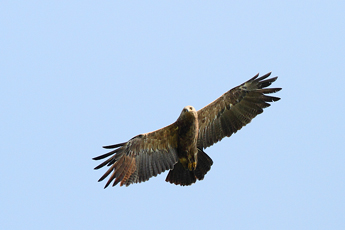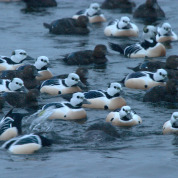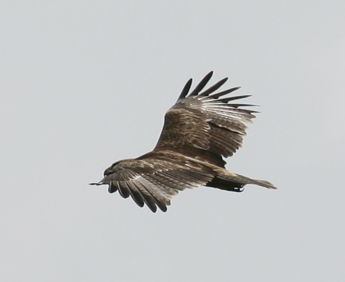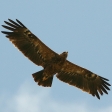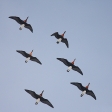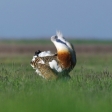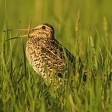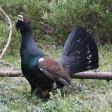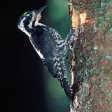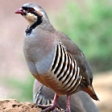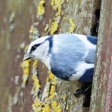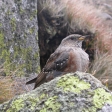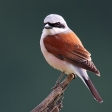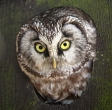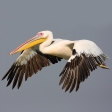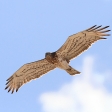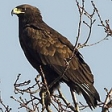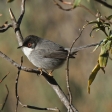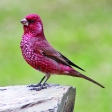Itinerary
Day 1: Arrival to Tallinn
Arrival to Tallinn, drive to Saaremaa. Overnight in Saaremaa
Day 2: Steller’s Eiders in Saaremaa
Steller’s Eider and other waterfowl – Undva promontory and Uudepanga bay. Driving around Saaremaa island NW coast and it’s best bird watching spots gives you opportunity to spot besides Steller’s Eiders thousands of Long-tailed Ducks, other overwintering waterfowls and some White-tailed Eagles. In the evening drive back to Estonia’s mainland. Overnight in mainland NW of Estonia.
Day 3: Owls and woodpeckers day
Today we will concentrate on finding Woodpeckers and Owls in NW- Estonia. In the morning visit Leidissoo woods for different species of woodpeckers and forest birds. Here we can spot Black Woodpecker, Grey-headed Woodpecker, Three-toed Woodpecker, White-backed Woodpecker, Lesser Spotted Woodpecker,.
We will also look for Nutcracker, Great Grey Shrike, Parrot Crossbill, Crested Tit. We also have a good chance to spot some mammals, for example Elk. During the day we visit Põõsaspea peninsula which is one of the best spots in Estonia to observe arctic waterfowl migration.
In addition we can spot here Snow Bunting, Waxwing, Common Redpoll and Twite. In the evening we take a trip into nearby forests to check out some Ural, Pygmy and Tengmalm’s Owls habitats. Night in NW-Estonia
Day 4: Western Capercaillies and Black Grouse
On NW Estonia meadows that are close to huge bog areas you can observe Black Grouse leks. On early spring mornings you can even see tens of male Black Grouses lekking. On the way to lekking areas we look for Capercaillies on forest roads.
Drive back and departure from Tallinn.
